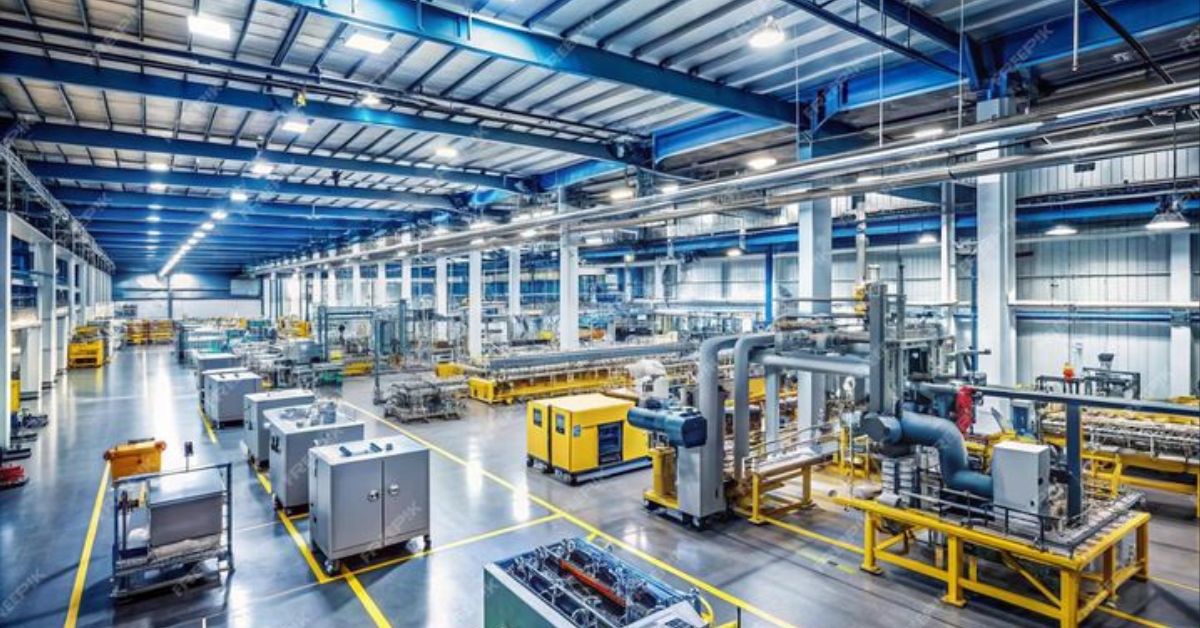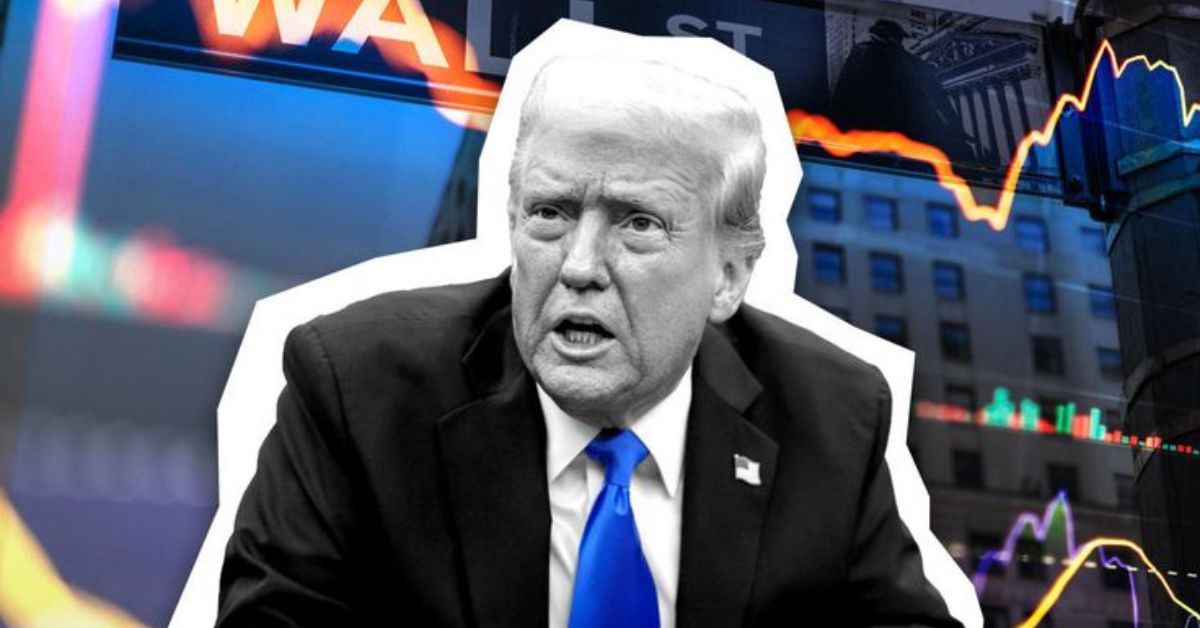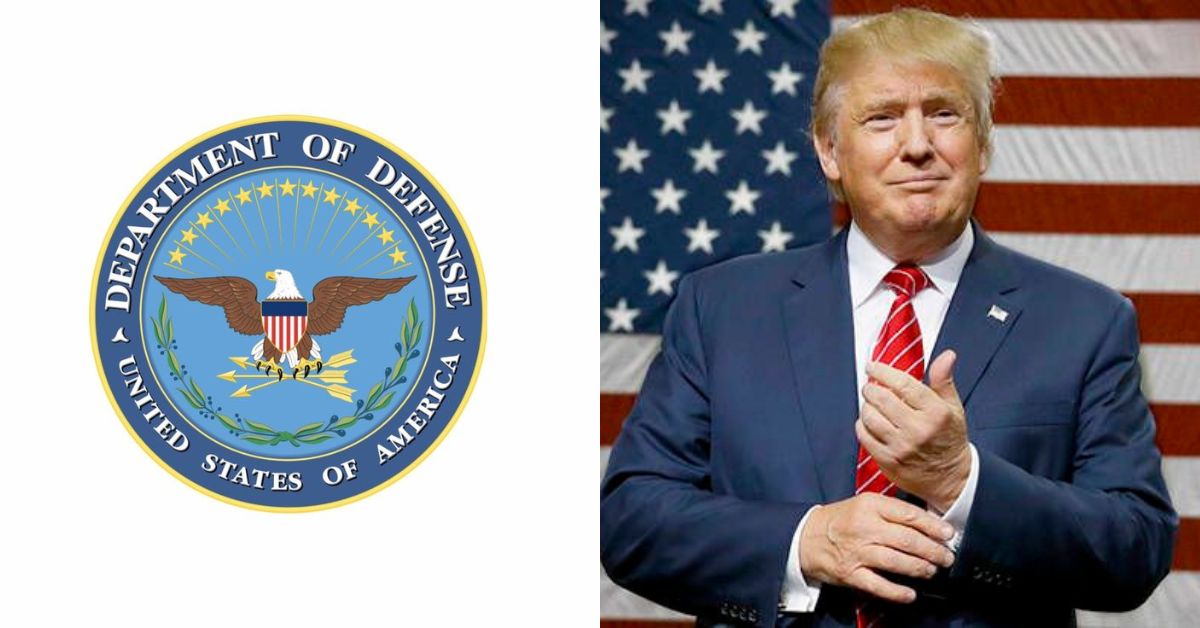On August 30, 2025, the U.S. Bureau of Economic Analysis reported that the U.S. economy grew at an annualized rate of 3.3% in the second quarter of 2025, an upward revision from the initial 3% estimate. This stronger-than-expected growth, following a 0.5% contraction in the first quarter, was driven by robust consumer spending and a resilient labor market. Consumer spending, which accounts for about 70% of the economy, increased at a 2.9% rate, supported by wage gains and a stable job market, despite a slowdown in hiring with only 73,000 jobs added in July. The growth was also aided by a sharp decline in imports, which fell 29.8%, boosting GDP calculations. However, concerns linger due to tariff-related uncertainties and a cooling labor market, with the unemployment rate at 4.2%. This news reflects a dynamic economic landscape with significant implications, prompting an analysis of its impacts across state and local governance, national governance and politics, economy and trade, international relations, and people’s daily life and society.
Impact Analysis:
- Impact on State / Local Governance
- Increased tax revenues: Strong economic growth could boost state and local tax collections, particularly in states like California and New York, allowing more funding for schools and infrastructure.
- Pressure on labor programs: A cooling labor market may push states to expand job training or unemployment support, especially in regions with higher unemployment rates.
- Impact on National Governance & Politics
- Policy validation: The 3.3% GDP growth may strengthen the Trump administration’s economic narrative, potentially reducing pressure for immediate policy shifts like aggressive spending cuts.
- Federal Reserve scrutiny: With consumer spending driving growth, debates over Federal Reserve rate cuts, expected at 25 basis points in September, may intensify as policymakers balance inflation and employment goals.
- Impact on Economy & Trade
- Sustained consumer spending: The 2.9% rise in consumer spending supports retail and service sectors, with durable goods spending up 12.1%, signaling confidence despite tariff concerns.
- Trade volatility: The 29.8% drop in imports, partly due to tariff anticipation, may stabilize trade deficits but risks future inflation if tariffs raise consumer goods prices.
- Investment challenges: Private investment fell 13.8% in Q2, the largest drop since 2020, potentially limiting long-term economic growth if businesses remain cautious.
- Impact on International Relations
- Trade policy tensions: The import decline, linked to Trump’s tariffs, may strain relations with partners like China, where duties reached 145%, complicating trade negotiations.
- Global economic perception: Strong U.S. growth could enhance its global economic standing, but tariff-driven trade disruptions may deter foreign investment in U.S. markets.
- Impact on People’s Daily Life & Society
- Improved purchasing power: Wage growth outpacing inflation, with disposable income up 2.7% in Q1, supports household spending on essentials and discretionary items like vehicles.
- Job market concerns: The labor market’s slowdown, with only 73,000 jobs added in July, may increase job insecurity, particularly for low-income workers, affecting consumer confidence.
Latest Government Data / Stats
- GDP growth: Real GDP grew at an annualized rate of 3.3% in Q2 2025, revised up from 3%, driven by consumer spending and reduced imports. (Source: U.S. Bureau of Economic Analysis, August 2025)
- Labor market: The July 2025 jobs report showed 73,000 jobs added, with unemployment at 4.2%, indicating a cooling labor market. (Source: U.S. Bureau of Labor Statistics, August 2025)
Largest Impact Area: Economy & Trade The economy and trade sector will likely experience the largest impact due to the significant role of consumer spending and trade dynamics in driving the 3.3% GDP growth. Consumer spending, up 2.9% and contributing nearly 70% to GDP, supports retail and service industries, but the 29.8% import decline, linked to tariff policies, introduces volatility. The $142 billion in tariff revenue collected by July 2025 risks raising consumer prices if sustained, while private investment’s 13.8% drop signals caution that could hinder future growth. These factors, combined with a cooling labor market adding only 73,000 jobs in July, create a complex economic environment with broad implications for trade balances and market stability, making this the most significant impact area.
Conclusion: The U.S. economy’s 3.3% growth in Q2 2025, driven by consumer spending, signals resilience but faces risks from trade disruptions and a slowing labor market. Policymakers must address these challenges to sustain growth and stability.
Author
-

Marcus Hale is a finance professional turned content creator who specializes in personal finance, stock market analysis, crypto trends, and smart investing strategies. Known for simplifying complex financial concepts, Marcus helps readers make confident money decisions. Whether you’re budgeting, investing, or tracking global markets, Marcus delivers timely advice with clarity and authority.







